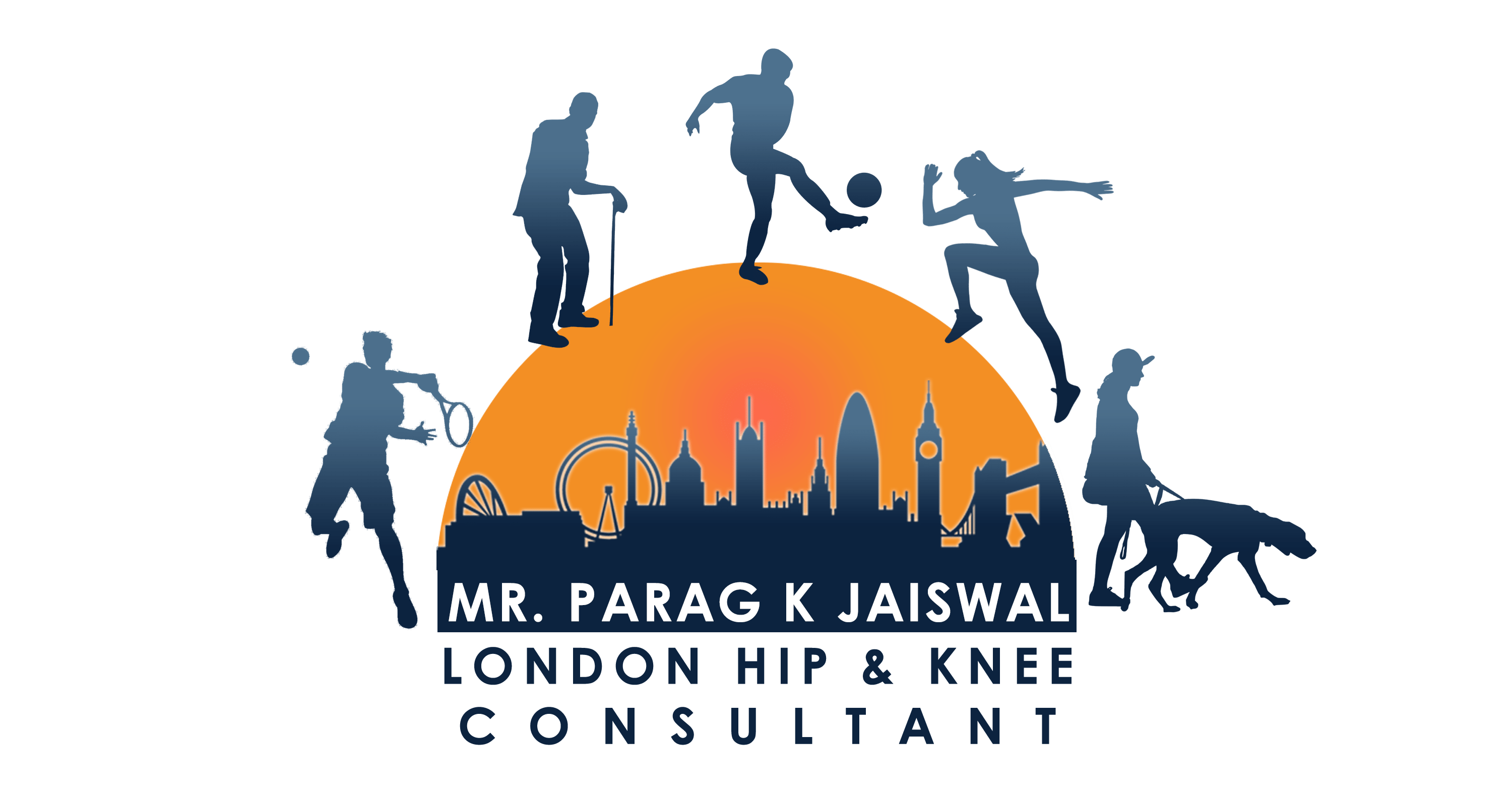Orthopaedic Expert Care You Can Trust

This condition is also known as developmental dysplasia of the hip (DDH). This is a problem with the development of your hip joint, which comprises of a socket (acetabulum) and a ball (femoral head). The socket does not fully cover the ball. This can be associated with the way the femur also develops, often leading to a rotational problem in it.
DDH has a spectrum of severity. In its most severe case, babies are born with the ball out of the socket and that is why checks are carried out as soon as the baby is born. In milder cases the socket is shallow and only part of the ball is uncovered or not in the joint. In these cases, symptoms start to occur in young adult life. The force is transmitted through a shallow socket are abnormal and this can lead to arthritis at a very early age. Patients with dysplasia are more susceptible to getting a tear in the labrum. Depending on how shallow the socket is the labrum can be repaired during hip arthroscopy and this is certainly something I would aim to do, rather than simply debride the labrum or remove the torn bit.

As a result of my fellowship training, and working in the young adult hip unit at Guys’ hospital, I am able to determine If patients are suitable for realignment surgery so that the socket can cover the ball. After a thorough clinical assessment and with CT scans I can also determine if the femur needs to be broken and realigned and fixed. We can go through what is involved in great detail during our consultation.
Femoral Torsion
In this condition, there is a rotational problem, such that the femoral head (ball) is pointing too much anteriorly or towards the thigh (anteversion) or too much posteriorly or towards the buttock (retroversion).
I can normally determine the extent of rotation problems on clinically examination. This is confirmed on specific CT scan protocols in which images are taken of the knee and ankles. Depending on severity of symptoms and CT findings, treatment involves activity modification to realignment surgery.
If you’re suffering from pain and stiffness in your hip joint, the first step to feeling better is to schedule an appointment with Mr Parag K Jaiswal, an expert in Young Adult Hip problems. I will be happy to discuss all treatment options, especially ones that can save your joint. To request an appointment call on (020) 7459 4482
